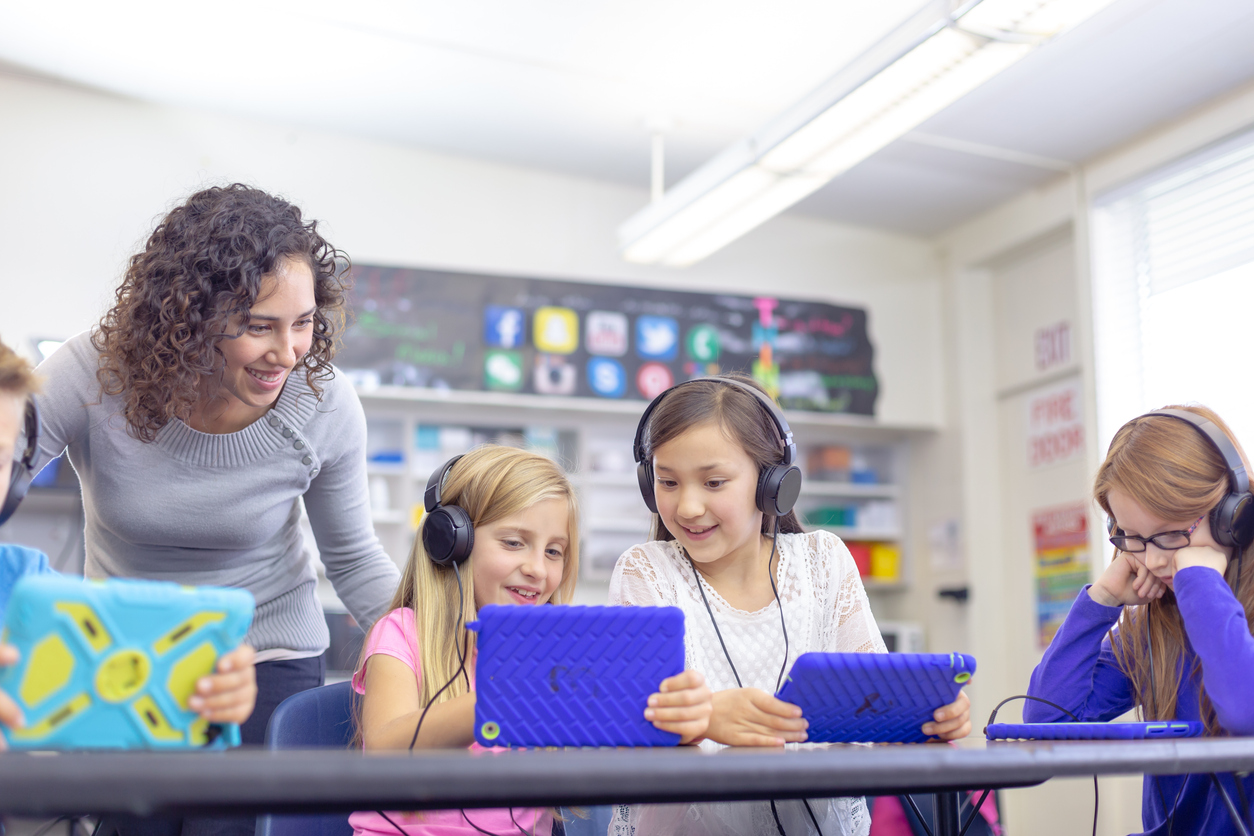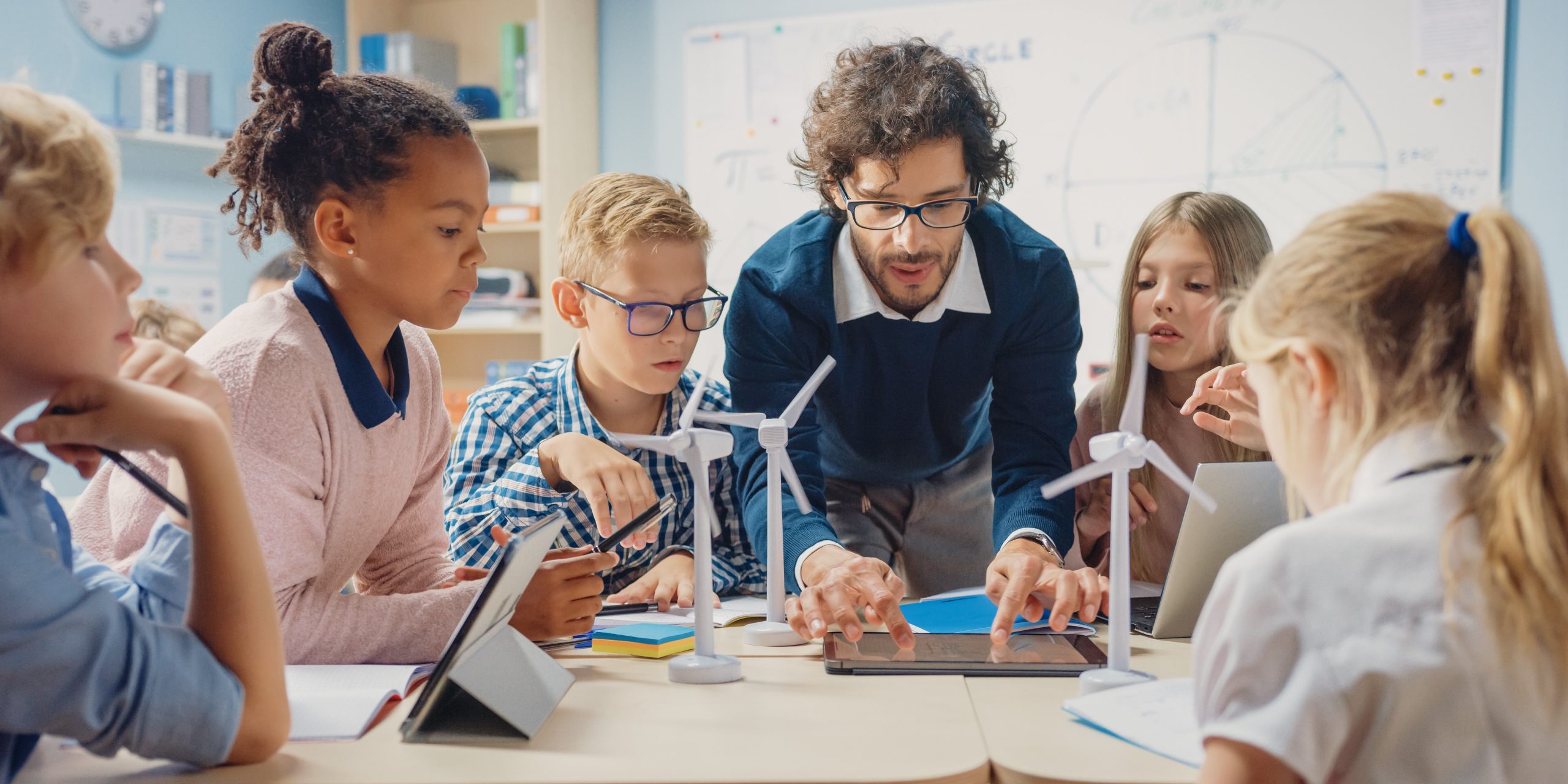Master Primary Science Concepts with Quality Tuition in Singapore
Master Primary Science Concepts with Quality Tuition in Singapore
Blog Article
Exploring the Different Mentor Techniques in Main Scientific Research Education And Learning Today
The landscape of main science education and learning is developing, with numerous teaching strategies obtaining prominence in contemporary class. Inquiry-based learning, hands-on experiments, and the assimilation of modern technology are redefining how educators involve young minds. In addition, collaborative methods and distinguished guideline are being employed to cater to the varied requirements of pupils, enhancing both engagement and understanding. As we take a look at these approaches, concerns develop regarding their performance and the ramifications for future instructional techniques. What might these changes in approach mean for the following generation of students?
Inquiry-Based Learning
Inquiry-Based Learning (IBL) is an instructional approach that encourages students to discover clinical ideas with questioning, investigation, and hands-on testing. This technique emphasizes the duty of pupils as energetic participants in their understanding, advertising critical reasoning and analytic abilities. By involving with real-world inquiries, trainees end up being interested and determined, which improves their understanding of scientific principles.
In IBL, educators serve as facilitators, directing pupils as they navigate their queries as opposed to providing info straight. This student-centered method enables differentiation, accommodating numerous learning speeds and styles. Students create skills in creating theories, developing experiments, and examining data, which are vital for clinical literacy.
In addition, IBL promotes partnership amongst students, urging them to share findings and concepts. This collective query promotes social abilities and a sense of area within the classroom. Moreover, the procedure of query encourages strength, as trainees find out to accept failure as a stepping rock toward understanding.
Hands-On Experiments
Hands-on experiments are a vital component of reliable scientific research education, complementing the principles of inquiry-based learning. These experiments allow trainees to engage directly with scientific principles, promoting a much deeper understanding through experiential understanding. By adjusting materials and observing end results, young students can understand abstract theories in tangible means.
Such tasks promote vital thinking and analytic abilities, as students hypothesize outcomes, conduct experiments, and examine outcomes. This procedure encourages them to ask concerns, refine their understanding, and develop a scientific mindset. Moreover, hands-on experiments can be customized to diverse knowing designs, ensuring that all trainees have the opportunity to involve meaningfully with the content.
Moreover, hands-on experiments frequently motivate partnership amongst peers, advertising team effort and communication skills. Functioning in groups allows trainees to share concepts, talk about searchings for, and find out from one another, which improves their overall educational experience.
Integrating hands-on experiments right into the key scientific research educational program not only enriches the finding out atmosphere however also cultivates a long-lasting passion in science. By proactively taking part in their education, trainees are more most likely to create an interest for scientific query that expands past the class.

Innovation Assimilation
Incorporating modern technology into key science education has actually become progressively important in fostering trainee interaction and boosting discovering results. The usage of digital devices, such as interactive simulations, digital labs, and educational software, gives trainees with opportunities to explore scientific ideas in cutting-edge means. These resources help with a much deeper understanding of intricate subjects by allowing students to visualize and manipulate variables that would be unwise in a typical classroom setup.
Furthermore, technology integration motivates personalized learning experiences. Trainees can proceed at their own speed, reviewing tough ideas via multimedia sources, which satisfy various knowing styles. This versatility not just supports specific development yet likewise grows a feeling of freedom in students.
In addition, technology offers as a bridge to real-world scientific research, attaching pupils with current research and expert payments. Access to online databases and clinical journals widens students' point of views on scientific query and fosters crucial thinking skills.
Collaborative Knowing
Joint understanding plays a crucial duty in primary scientific research education and learning by promoting synergy and interaction skills amongst students. This approach encourages students to function with each other, share knowledge, and take part in analytic, which boosts their understanding of clinical ideas. By participating in team tasks, pupils find out to articulate their ideas, pay attention to varied viewpoints, and negotiate options, all of which are necessary abilities in both scholastic and real-world contexts.

Research study indicates that joint understanding can cause increased inspiration and engagement in scientific research subjects, as pupils discover enjoyment in shared experiences (primary science tuition Singapore). Furthermore, this method prepares trainees for future collective ventures, equipping them with the skills required for reliable team effort in greater education site and learning and expert environments. Eventually, embracing joint understanding in main scientific research education and learning can substantially enrich the knowing experience and promote a deeper understanding of clinical inquiry
Differentiated Direction

Separated guideline can manifest in various means, such as differing the material, processes, or products of learning. For example, instructors might make use of tiered tasks that give varying levels of intricacy, allowing trainees to operate at their corresponding preparedness degrees. Furthermore, versatile organizing techniques can facilitate partnership among students with different capacities, cultivating peer learning.
Evaluation plays an essential role in this approach, as it educates direction and helps educators comprehend each student's unique needs. Formative assessments, such as monitorings and tests, can lead teachers in changing their methods to enhance learning results. primary science tuition Singapore. Eventually, by executing separated instruction in key scientific research education and learning, educators can grow a much more reliable and fair discovering environment, encouraging all pupils to reach their complete potential in recognizing scientific sensations
Conclusion
In recap, the varied teaching methods in primary science education and learning, consisting of inquiry-based understanding, hands-on experiments, technology integration, joint understanding, and distinguished guideline, jointly add to an extra effective understanding setting. These methods advertise important reasoning, problem-solving skills, and a deeper understanding of clinical principles. By implementing these strategies, educators can develop engaging and helpful classrooms that attend to the different requirements of pupils, ultimately promoting a lifelong passion in scientific research and enhancing academic success.
Inquiry-Based Understanding (IBL) is a pedagogical approach that urges students to explore scientific ideas with questioning, investigation, site web and hands-on testing.Joint knowing plays an important role in main scientific research education and learning by fostering team effort and communication abilities among pupils.Research shows that joint learning can lead to raised motivation and engagement in scientific research topics, as trainees locate enjoyment in shared experiences.In promoting an inclusive discovering atmosphere, set apart instruction arises as a vital method to fit the varied demands and capacities of trainees in key science education. Eventually, by applying differentiated instruction in main scientific research education, teachers can cultivate an extra get redirected here fair and effective knowing environment, empowering all trainees to reach their full possibility in recognizing scientific sensations.
Report this page